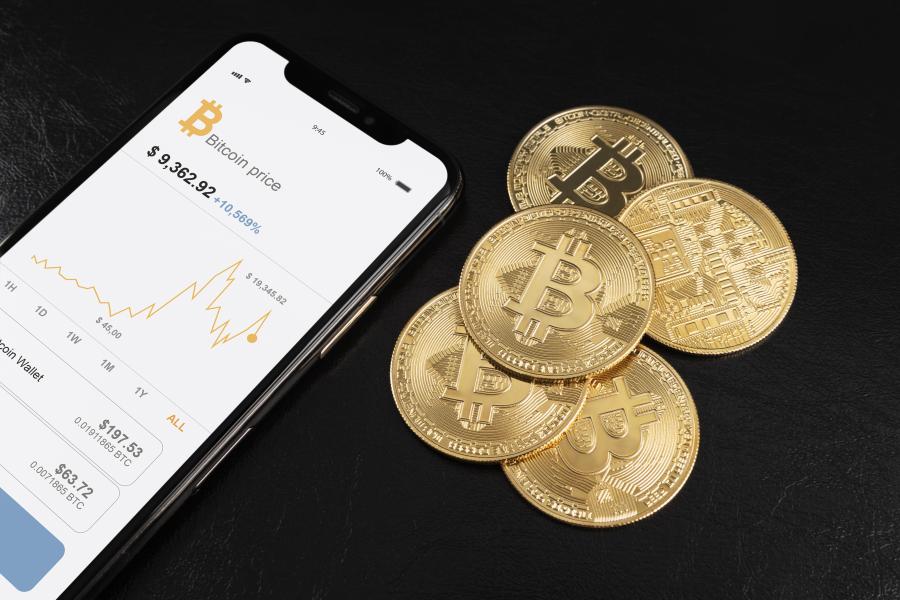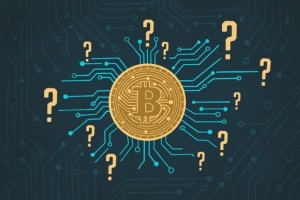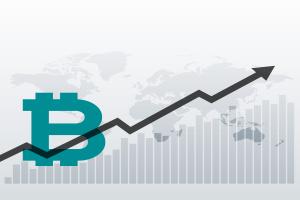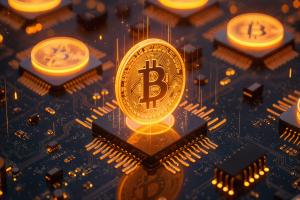 12, Nov
12, Nov
Beyond the Bank: How Crypto is Building the Future of Finance
For decades, the world of finance has followed a familiar script. You earn money, you put it in a bank, you use that bank for loans, transfers, and savings. It’s a system that works, but it often comes with high fees, slow cross-border payments, and barriers that can leave many people behind.
But what if your money could work differently? What if you could be your own bank?
This isn’t a dream from a science fiction movie. Right now, a new financial system is being built on the internet, powered by the same blockchain technology that runs Bitcoin. It's faster, more open, and promises to fundamentally change how we save, spend, and invest. For business owners in bustling commercial hubs and for savers all across the globe, this isn't just a trend—it's the future.
Let’s explore the key pillars of this new financial world.
1. Decentralized Finance (DeFi): Your Money, Your Rules
Imagine all the services your bank offers—lending, borrowing, earning interest, trading assets—but without the physical building, the board of directors, or the lengthy paperwork. That is the essence of Decentralized Finance, or $DeFi$.
$DeFi$ platforms are financial applications built on the blockchain. The rules are written in transparent code that anyone can see. This means:
Open Access: Anyone with an internet connection and a crypto wallet can participate. Your background doesn't matter. This offers powerful financial inclusion to those who may be underserved by traditional banks.
Efficiency and Speed: Without middlemen, transactions are faster and often significantly cheaper.
Higher Yields:
$DeFi$lending platforms often allow users to earn much higher interest rates on their savings (especially on stablecoins) than traditional savings accounts.
Think of $DeFi$ as a global, 24/7 financial marketplace that you can access directly from your phone, giving you unprecedented control over your own assets.
2. Stablecoins: The Best of Both Worlds
One of the biggest hurdles for using crypto in business has been its price volatility. Bitcoin's value can change dramatically in a single day. This is where stablecoins come in.
A stablecoin is a type of cryptocurrency designed to hold a stable value because it is pegged to a real-world asset, most commonly the US Dollar. For every one digital coin (like a USDC or USDT), there is one US Dollar held in a reserve to back it up.
For international traders and businesses, this is a game-changer. You can:
Accept Payments Globally: Receive payment from a customer anywhere in the world in minutes, not days.
Hedge Against Currency Fluctuation: Hold funds in a dollar-pegged asset to protect your capital from the volatility of local currencies.
Pay Suppliers Instantly: Settle invoices with international suppliers without waiting for slow, expensive wire transfers to clear.
Stablecoins offer the stability of traditional money combined with the speed and borderless nature of cryptocurrency.
3. Tokenization: Making Everything Investable
What is the most valuable asset you can think of? A downtown skyscraper? A successful local business? A piece of rare art? Historically, investing in these assets was reserved for the very wealthy.
Tokenization is changing that. It's the process of creating a unique digital token on a blockchain that represents ownership of a real-world asset.
This means a multi-million dollar property can be divided into thousands of digital tokens. Suddenly, you don't need millions to invest in real estate; you could buy a few tokens for a fraction of the price. An entrepreneur could "tokenize" their company, allowing their community and customers to invest and share in their success.
Tokenization makes illiquid assets liquid, breaking down large investments into small, affordable, and easily tradable pieces for everyone.
The Future is in Your Hands
This new financial landscape isn't just about technology; it's about empowerment.
For the business owner, it means faster, cheaper global trade and new ways to raise capital.
For the saver, it means direct access to better yields and ways to protect your wealth from inflation.
For the investor, it means the opportunity to buy fractional ownership in assets that were once out of reach.
The financial system is being rebuilt from the ground up to be more open, fair, and accessible. While traditional banks will continue to play a role, the tools of the future are being put directly into your hands. This isn't just happening in Silicon Valley; it's a global movement that promises to unlock immense potential for everyone, everywhere.




